 |
| Reenacting the fishing ceremony of the residents of Thai Duong Ha fishing village, Thuan An, Hue City. Photo: Dinh Hoang |
Community Engagement
This year, although it is not yet summer, my bike has left many marks on the roads to the sea. If someone asks why, the answer is simple: summer came early, the sun is unusually hot. Along this road, I have seen many yellow-gray sand fields; the willow and cajuput trees are no longer green enough, as if they are crowded together to avoid the sun... In contrast to the silence of those sand fields, the communities of the coastal villages still maintain a bustling life, attached to the rivers and the sea.
It is not an exaggeration to say that up to this point, there has not been a single fishing village in Hue that I have not set foot in. Because of that, I can clearly see the customs, cultural lifestyle of each fishing village and the communal character of each residential area here, which is often divided according to the strength of being close to the river, close to the sea with crowded houses, narrow roads...
Recently, talking with Mr. Le Van Hai, a resident of Hien An fishing village (Vinh Hien, Phu Loc), it was quite interesting to know that he used to work at sea for several decades, but now he has retired and only works on the shore. Mr. Hai is someone who also feels the change in the life of the fishing village; in which the space of the fishing village is currently affected by the speed of urbanization. He said that no matter how urbanized, the residential areas are expanded, the houses are bigger, the roads are more spacious... but the lifestyle of the people here is still communal.
According to the general planning of the district and province, Vinh Hien will become a coastal type V urban area of Hue due to its long-standing agglomeration and development of coastal trade. As Mr. Hai said, the foundation for Hien An fishing village to have the bustling appearance it has today is the community solidarity from ancient times.
The story of Hien An fishing village reminded me of Hai Nhuan fishing village (Phong Hai, Phong Dien) when I came to see off a relative who passed away more than 3 years ago. At that time, I was curious and got answers from the elders here when the coffin had just left the house and had to break the fence because the exit was too narrow. They admitted that it was a unique cultural feature of community cohesion, the communal lifestyle of the people of the fishing village, with the purpose of supporting each other in production and daily life. In the past, people worked at sea seasonally, according to their profession and often had to face big waves and strong winds. People lived close to each other to share the same means of going out to sea to fish. Moreover, it was to support each other when facing unexpected events, especially during the stormy sea season...
Cultural characteristics
Not stopping at the narrow scope as we have studied, the community cohesion and communal lifestyle of the coastal village residents have been painstakingly collected and studied by books and documents, Hue cultural researchers since the time of migration and local needs for no other purpose than survival.
According to the book “O Chau Can Luc” by Duong Van An, the ancient Vietnamese people migrated to Thuan Hoa, mainly by waterway (along the coast) and then found their way to the river mouths. The coastal lagoon area of Thua Thien Hue , where there are fields and lakes, is the ideal place for them to stop. Some adapted to farming and fishing, so they chose the lagoon area to settle. Another group continued to follow the river source to find the alluvial land along the river to establish villages, while the later arrivals continued to go upstream to live. The first coastal villages of Thua Thien Hue such as Thai Duong (Thuan An), Hoa Duan (Phu Thuan), Ke Chung (Phu Dien)… lived in a communal way.
Also according to many traditional documents of maritime culture, in the early days of land opening, the residents of the coastal villages in Thua Thien Hue from the North began to live along the rivers and estuaries. The cultivated lands were gradually formed, villages were born, and communities of residents lived together to survive... The process of organizing life based on the marine ecological environment formed residential communities living together and following the profession of fishing, exploiting seafood by nets, pounding, netting, hooking, diving...
Over the past hundreds of years, the fishing villages have grown, contributing to the construction and development of the culturally rich and economically strong Thua Thien Hue coastal area, contributing much to the preservation and protection of the Fatherland.
Recently, the urbanization process in coastal areas has been taking place strongly, many communities have had to move to make way for projects, many people have changed their jobs... making the community cohesion of the fishing village somewhat loose. However, fishing is still the main livelihood of the people in the area, so the unique features of community cohesion are still very necessary for them to facilitate production and preserve traditional culture.
We know that many local coastal villages have been affected by construction projects, and investors have had a “headache” in researching resettlement arrangements that are suitable for their living and production habits. Many construction projects and projects have been “reacted” by coastal village residents because they are not suitable for the cultural space of coastal villages when reclaiming land and clearing the site.
Recently, in the Provincial Planning for the period 2021-2030, with a vision to 2050, it has determined the spatial organization of socio-economic activities in the coastal areas stretching from north to south in the province and bringing Hue city towards the sea, "embracing the sea" as a facade. In the process of implementing many spaces there are still large land funds, with a lot of room for urban development and marine tourism economy. Consolidating the community and customs of the coastal villages here will face many challenges.
A Hue cultural researcher said that whether it is a challenge or not is what the functional departments and local authorities need to raise now so that the process of concretizing the planning is not "eroded", or the customs and practices of the coastal village residents that were formed from the early days of land reclamation are not lost.
Source


![[Photo] Candidates take the first graduation exam with the new Literature topic](https://vphoto.vietnam.vn/thumb/1200x675/vietnam/resource/IMAGE/2025/6/26/dfded9e317554c25a3e26defe672ebb7)
![[Photo] General Secretary To Lam receives Australian Ambassador to Vietnam Gillian Bird](https://vphoto.vietnam.vn/thumb/1200x675/vietnam/resource/IMAGE/2025/6/26/ce86495a92b4465181604bfb79f257de)

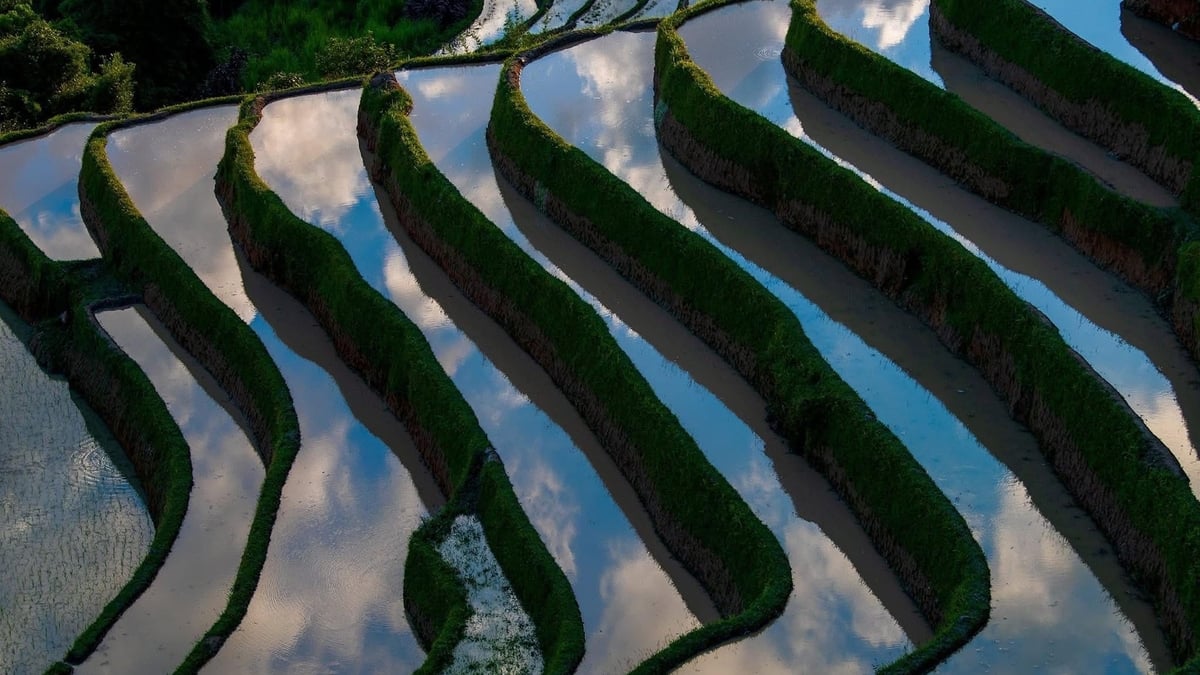
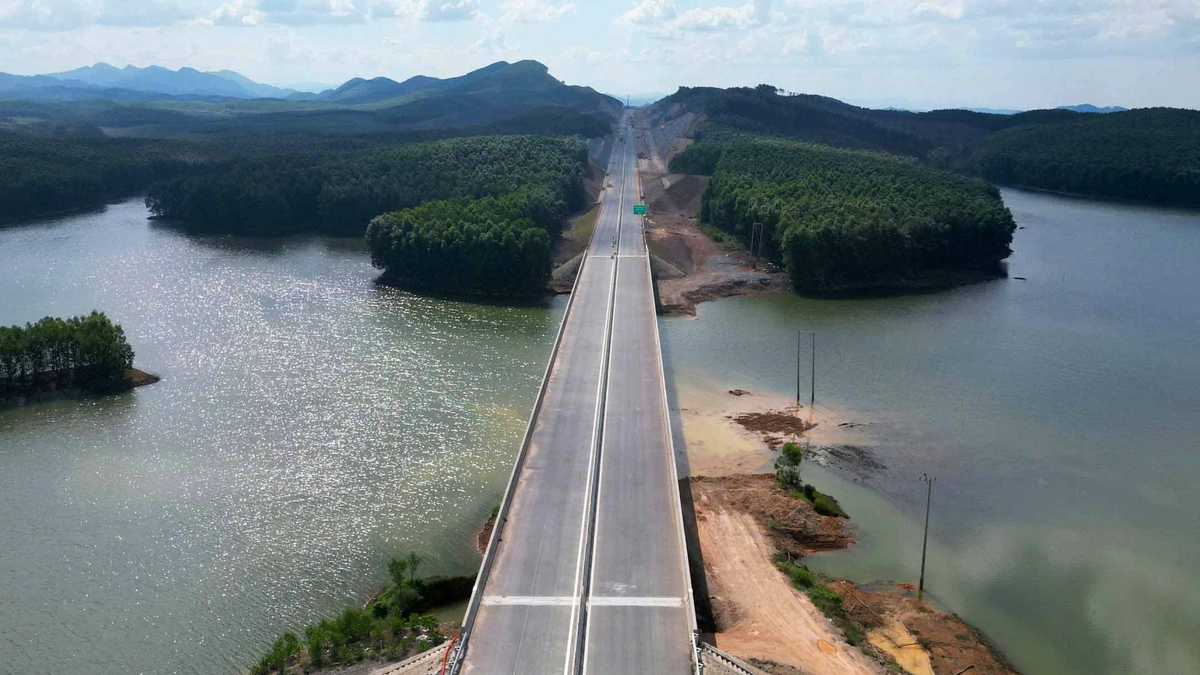

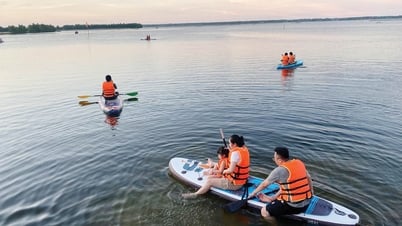

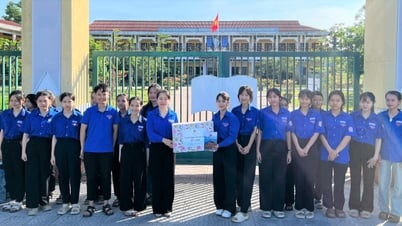
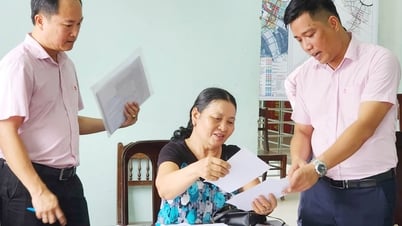


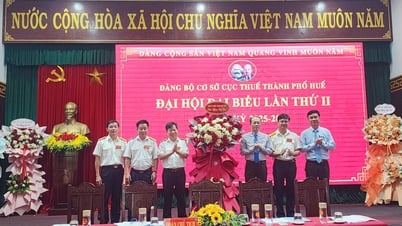





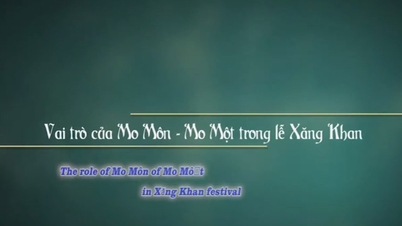

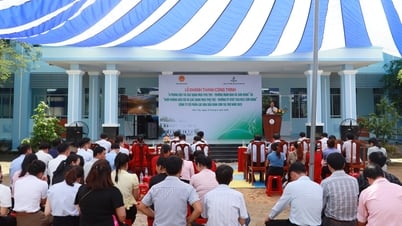
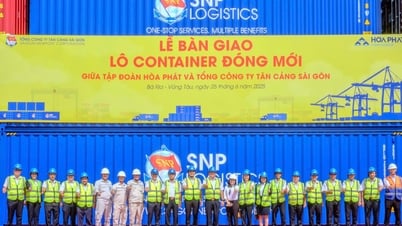
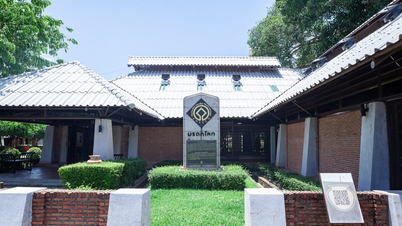
![[Photo] More than 1.1 million candidates nationwide enter the 2025 High School Graduation Exam](https://vphoto.vietnam.vn/thumb/1200x675/vietnam/resource/IMAGE/2025/6/26/9156d47f0f6e4268aa4a7dcdb05477f7)

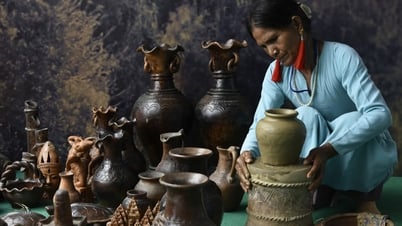



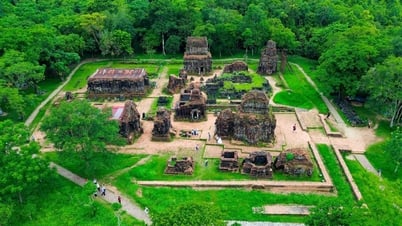







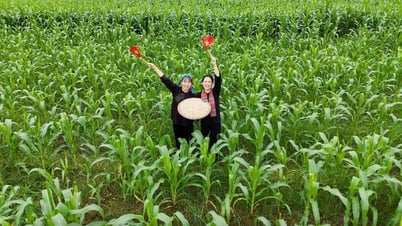

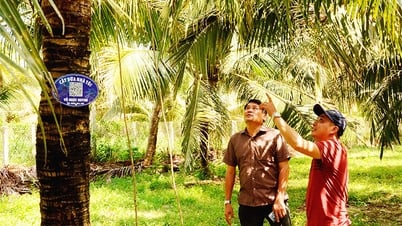

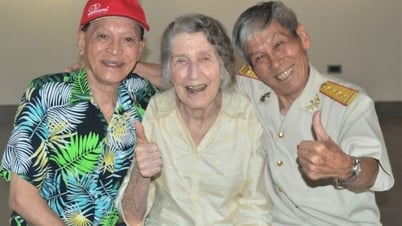












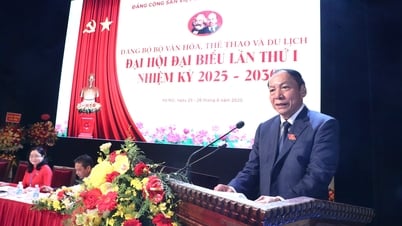


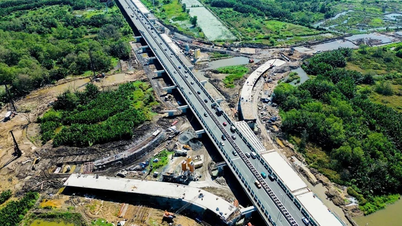




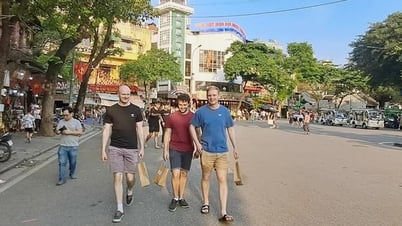

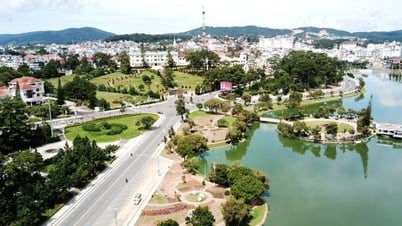


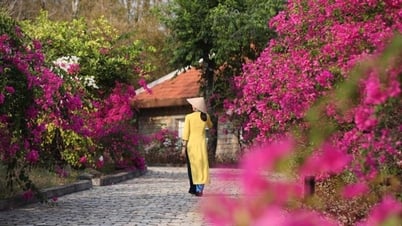
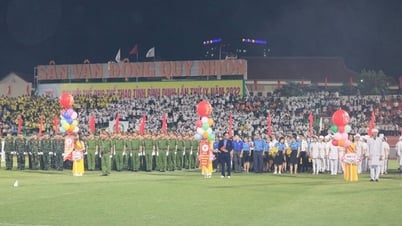
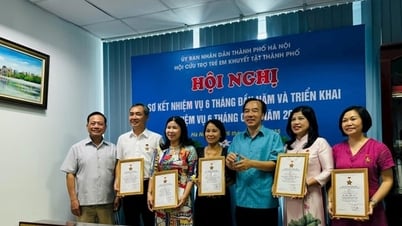





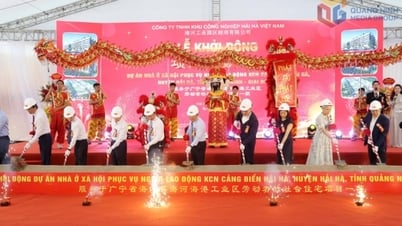


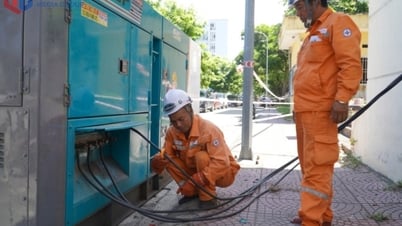














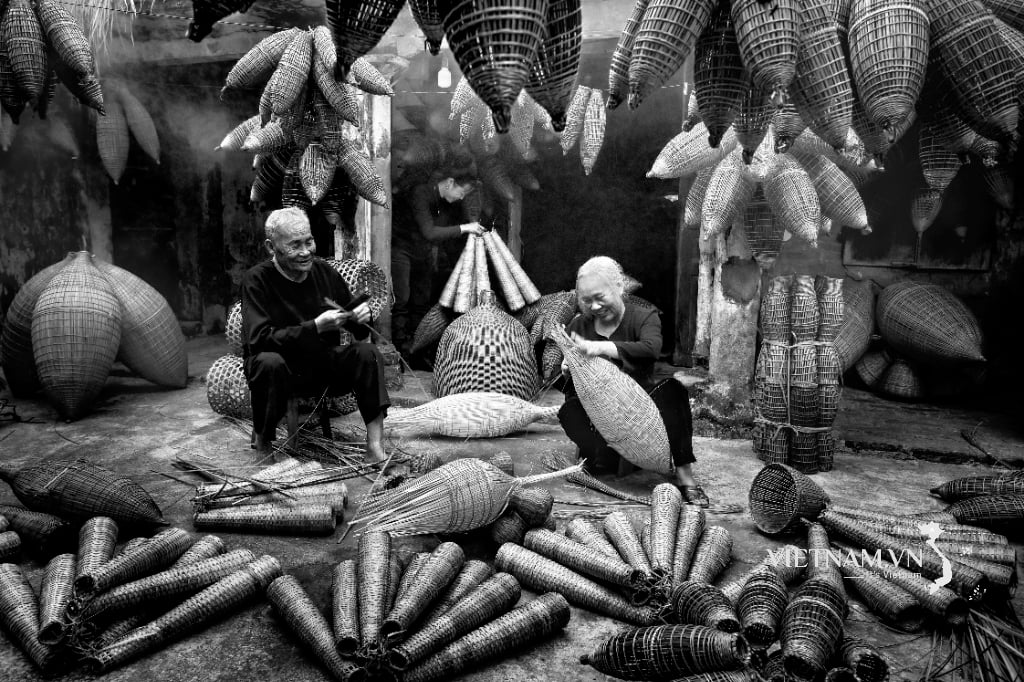
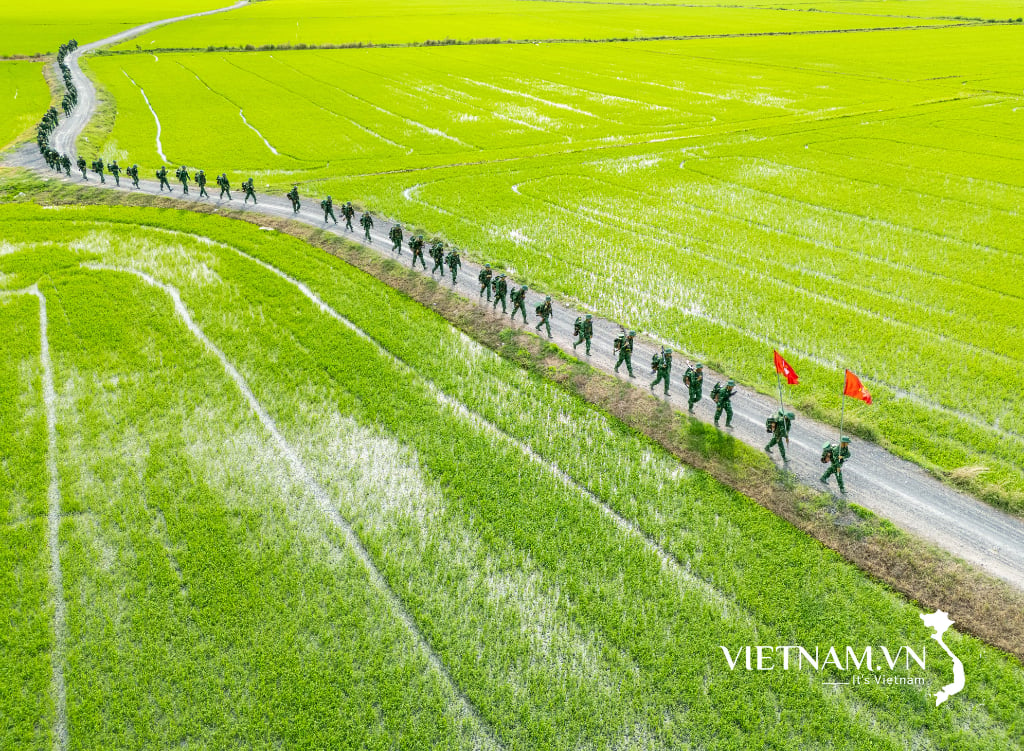
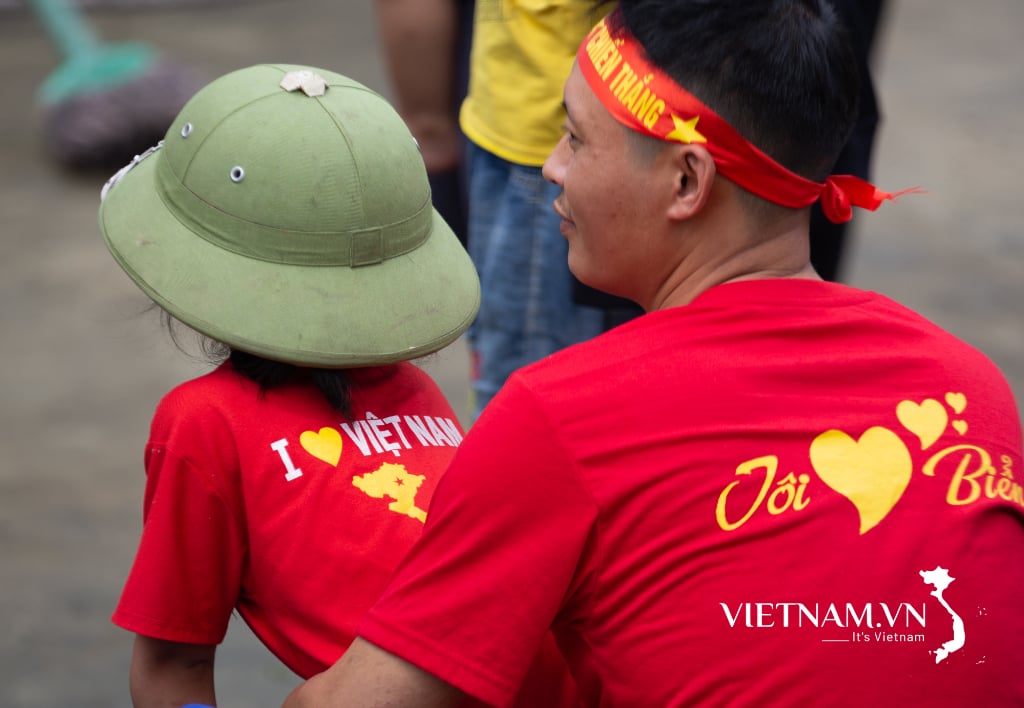
Comment (0)